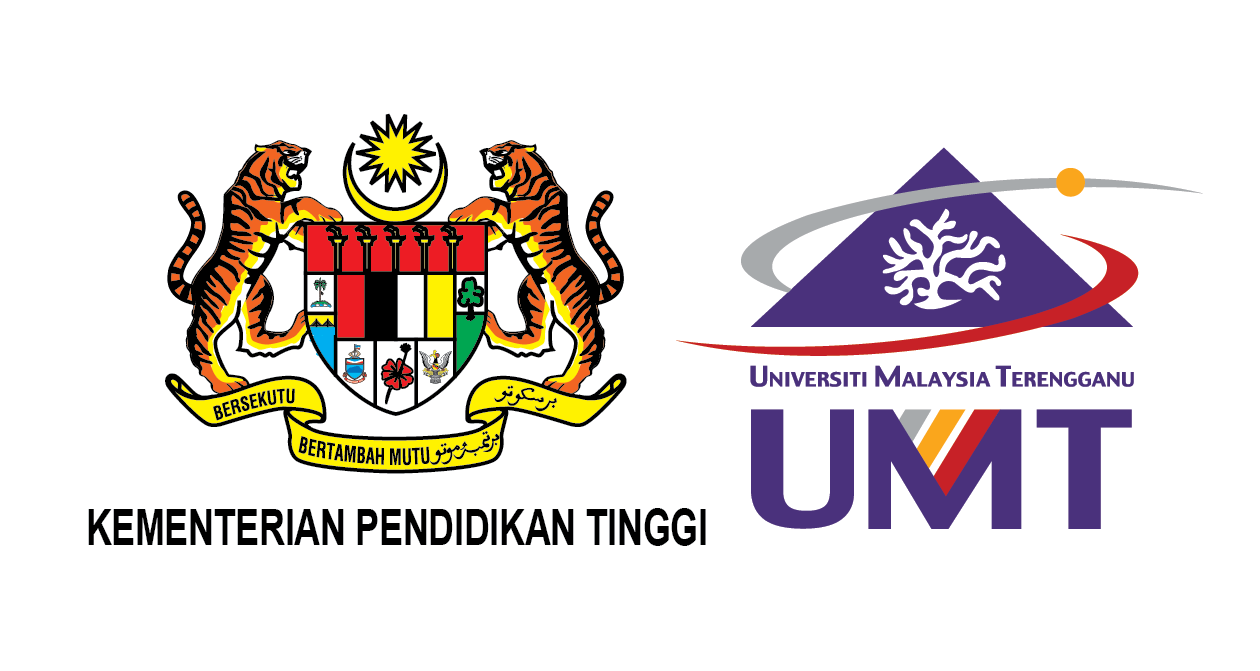Please use this identifier to cite or link to this item:
http://umt-ir.umt.edu.my:8080/handle/123456789/3207Full metadata record
| DC Field | Value | Language |
|---|---|---|
| dc.contributor.author | Ighwela, Keri Alhadi | - |
| dc.date.accessioned | 2014-12-04T08:02:06Z | - |
| dc.date.available | 2014-12-04T08:02:06Z | - |
| dc.date.issued | 2013-06 | - |
| dc.identifier.uri | http://hdl.handle.net/123456789/3207 | - |
| dc.description.abstract | Tilapia is the second most consumed farmed fish, after carp, and the most widely grown of any farmed fish. Significant feed price increases in recent years threaten sustainability of the industry. Therefore, the objectives of the current study are to understand the interrelationship between malt-extracted maltose levels in the feed with growth parameters, body composition, apparent digestibility coefficients, haematological and biochemical changes in blood serum of Nile tilapia Oreochromis niloticus fingerlings (mean initial weight, 2.1 ±0.2 g). The fishes were fed with practical-type diets formulated containing five levels of dietary maltose (0.0, 20, 25, 30 and 35%) extracted from malted barley. | en_US |
| dc.language.iso | en | en_US |
| dc.publisher | Terengganu: Universiti Malaysia Terengganu | en_US |
| dc.subject | SH 167 .N54 I3 2013 | en_US |
| dc.subject | Ighwela, Keri Alhadi | en_US |
| dc.subject | Tesis FPAI 2013 | en_US |
| dc.subject | Tilapia | en_US |
| dc.subject | Nile tilapia | en_US |
| dc.title | Growth performance and biochemical changes in nile tilapia, Oreochromis niloticus fed with varying dietary maltose level | en_US |
| dc.type | Thesis | en_US |
| Appears in Collections: | Fakulti Perikanan dan Akua-Industri | |
Files in This Item:
| File | Description | Size | Format | |
|---|---|---|---|---|
| tesis SH 167 .N54 I3 2013 Abstract.pdf | 118.71 kB | Adobe PDF | View/Open | |
| tesis SH 167 .N54 I3 2013 FullText.pdf Restricted Access | 1.87 MB | Adobe PDF | View/Open Request a copy |
Items in UMT-IR are protected by copyright, with all rights reserved, unless otherwise indicated.

